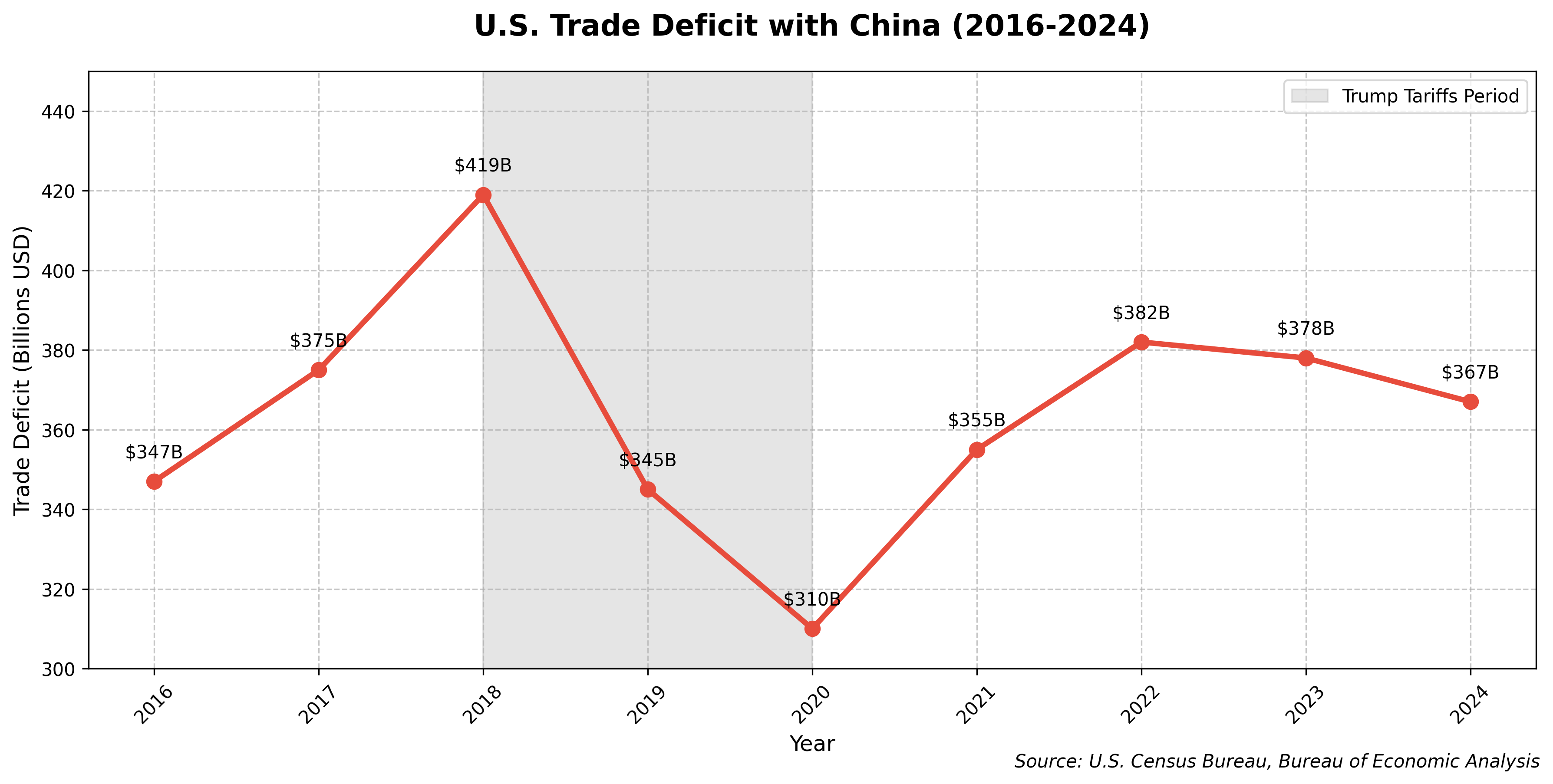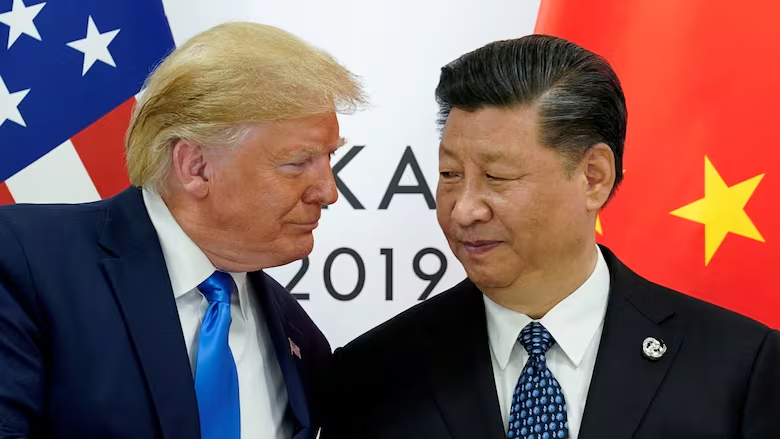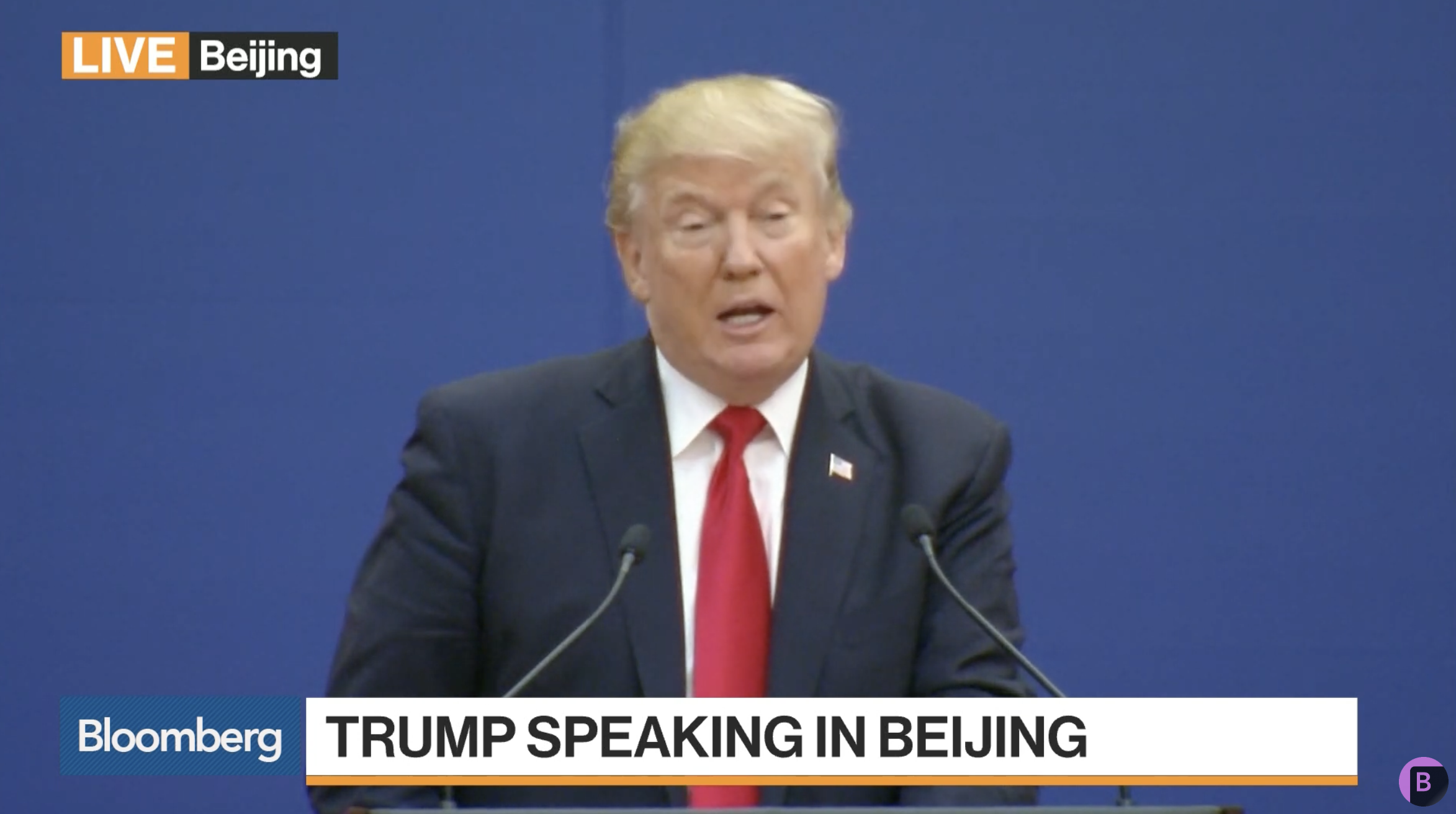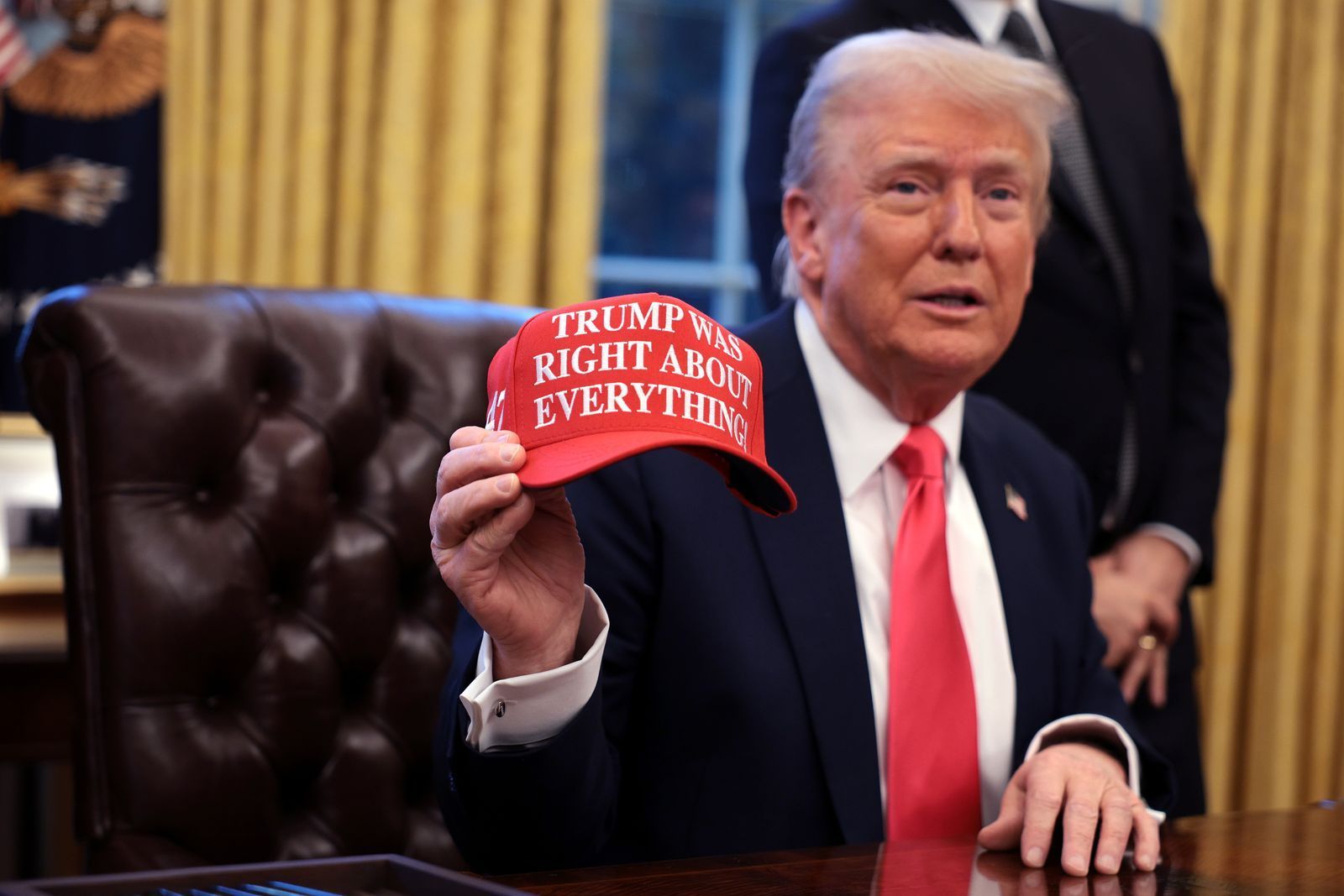We must immediately address the unfair trade practices that drive this deficit along with barriers to market success. We really have to look at access, forced technology transfer and the theft of intellectual property — which just by itself is costing the United States and its companies billions of dollars.
Watch Trump's Warnings About China Trade
How They Responded: "Trump's Dangerous Trade War"
 The Guardian
The Guardian"Trump's dizzying jerks and jolts on tariffs are 'freezing' US business. As the US president warns of a 'little short-term interruption', businesses are struggling to make decisions amid heightened uncertainty."
 Carnegie Endowment
Carnegie Endowment"Escalating trade tensions and significant decoupling with China would hurt the US economy further and reduce employment. Our trade war escalation and decoupling scenario sees the US economy produce $1.6 trillion less in real GDP terms over the next five years and results in 732,000 fewer jobs."
 NBC News
NBC News"Farmers face steep losses in the middle of Trump's trade war and funding cuts. In order to get a fair price, you need a good, steady market, and the president is disrupting the market."
The Evidence: Trump Was Right
Despite widespread criticism of Trump's approach to China trade, subsequent events and policy shifts across the political spectrum have validated his core concerns about China's unfair trade practices, intellectual property theft, and the strategic risks of economic dependence on China.
- The U.S. trade deficit with China reached a peak of $419 billion in 2018. In response to these challenges, the U.S. has taken significant steps to reduce dependence on Chinese manufacturing. Source: U.S. Census Bureau
- Intellectual property theft by China costs the U.S. between $300-600 billion annually Source: FBI Report
- The Biden administration has maintained most of Trump's China tariffs, acknowledging their strategic importance Source: CNN
- The bipartisan CHIPS and Science Act of 2022 invests $280 billion to boost domestic semiconductor production and research, including $52.7 billion in direct funding for chip manufacturing and $39 billion in manufacturing subsidies, along with a 25% investment tax credit for manufacturing equipment. Source: U.S. Congress

U.S. Trade Representative 2022 Report to Congress on China's WTO Compliance
"China has continued to embrace a state-led, non-market approach to the economy and trade, despite other WTO members' expectations – and China's own representations – that China would transform its economy and pursue the open, market-oriented policies endorsed by the WTO. China's state-led, non-market approach has increased rather than decreased over time, and the mercantilism that it generates has harmed and disadvantaged U.S. companies and workers, often severely."
View Full ReportThe Vindication: Bipartisan Consensus Emerges
"The Biden administration isn't scrapping the trade deal brokered by former President Donald Trump. In fact, senior administration officials have said they plan to build on it."
 Brookings Institution
Brookings Institution"Both presidents view themselves as 'self-strengtheners,' leaders who prioritize bolstering America's economic prosperity. Trump adopted tariffs on Chinese imports and Biden upheld them."
 China Briefing
China Briefing"Trump's trade policies have reshaped U.S.-China economic relations, with lasting implications that continue to influence international trade dynamics and strategic partnerships in the Asia-Pacific region."
Final Analysis
While Trump's confrontational approach to China trade was widely criticized during his presidency, subsequent events have validated his core concerns and led to a remarkable bipartisan consensus on the need to confront China's unfair trade practices.
The evidence shows several key points where Trump's warnings proved prescient:
- China's continued intellectual property theft and forced technology transfers have been officially documented by both Republican and Democratic administrations
- The COVID-19 pandemic exposed dangerous supply chain vulnerabilities, particularly in critical sectors like pharmaceuticals and semiconductors
- The Biden administration has maintained most of Trump's tariffs and continued a tough stance on China trade
- Bipartisan legislation like the CHIPS Act reflects a new consensus on reducing economic dependence on China
Perhaps most tellingly, many of Trump's harshest critics on China trade policy have adopted similar positions after leaving office or as part of the current administration. The convergence of views across the political spectrum represents a significant vindication of Trump's early warnings about the dangers of China's trade practices and the need for a more assertive American response.


